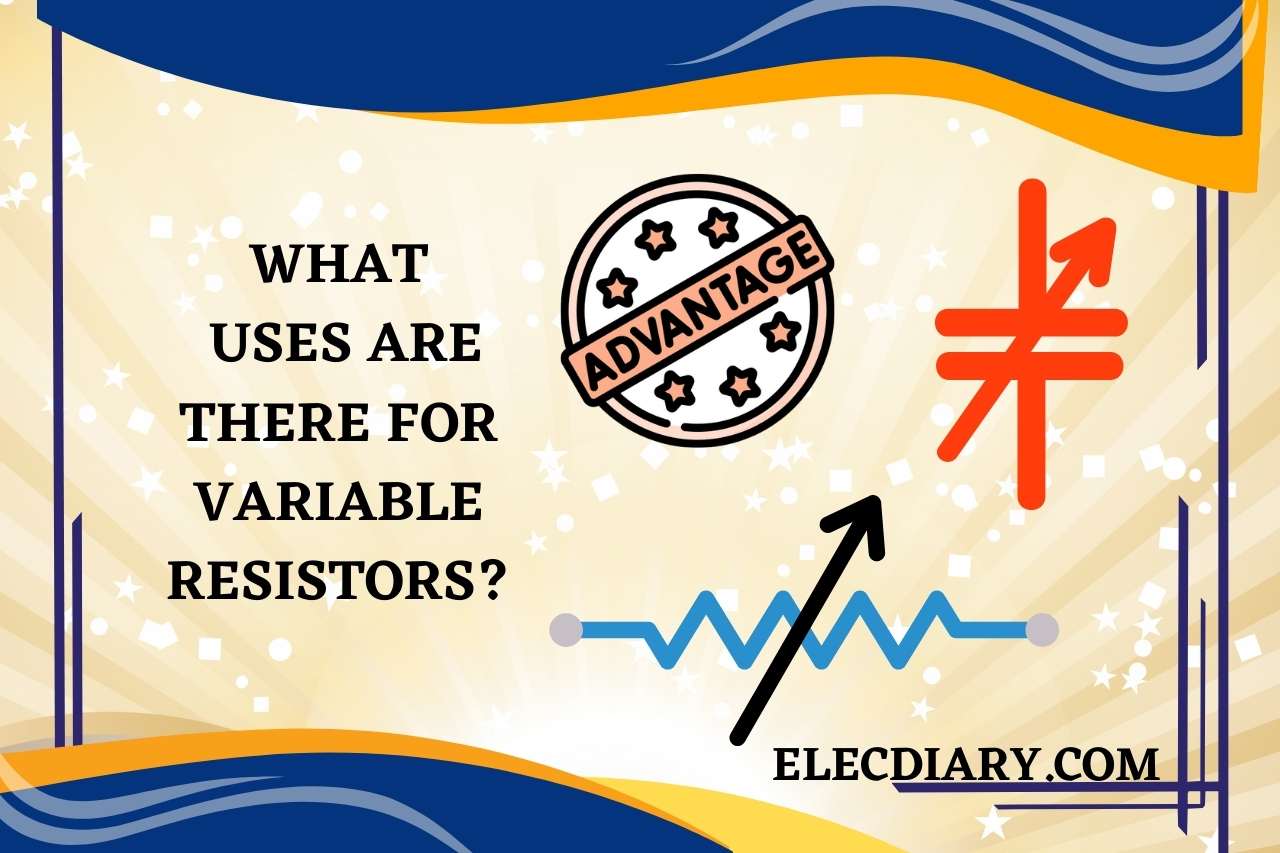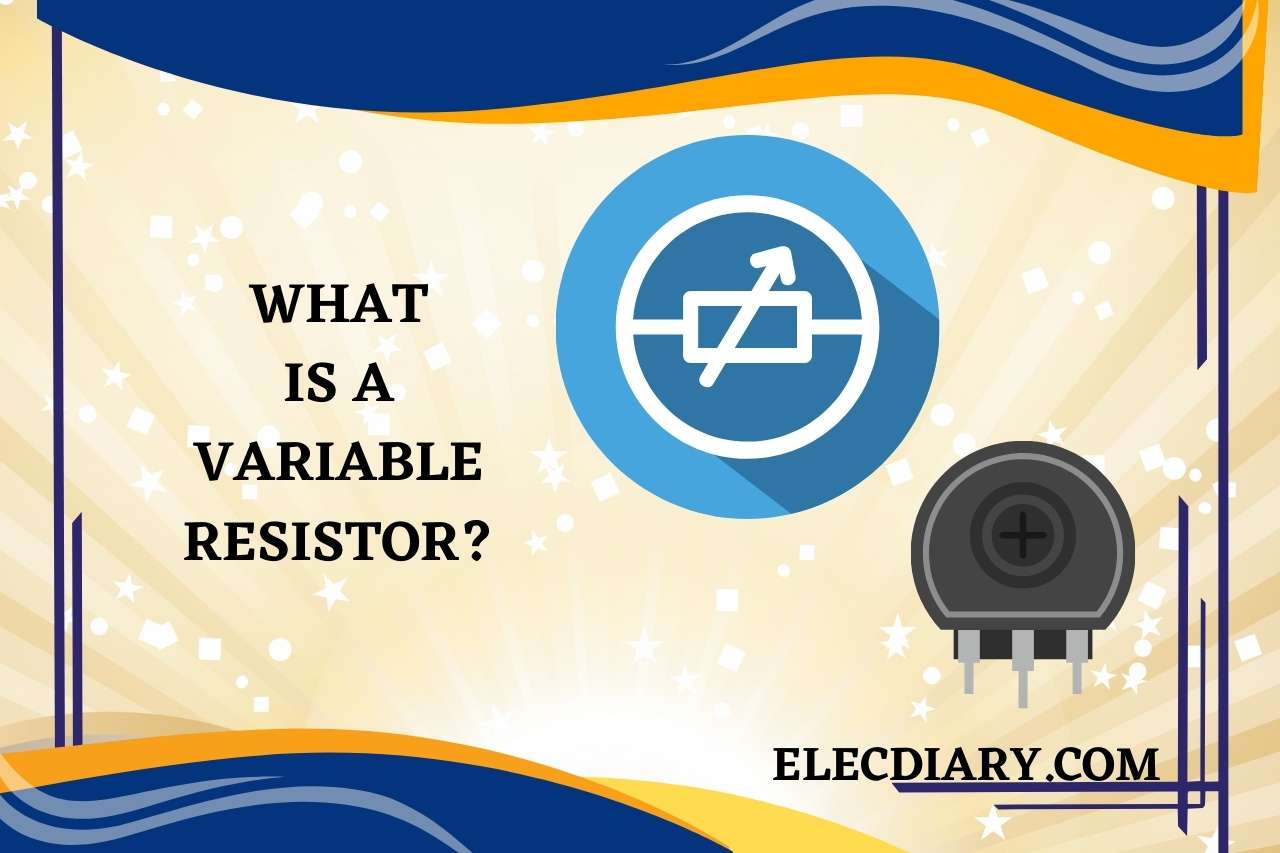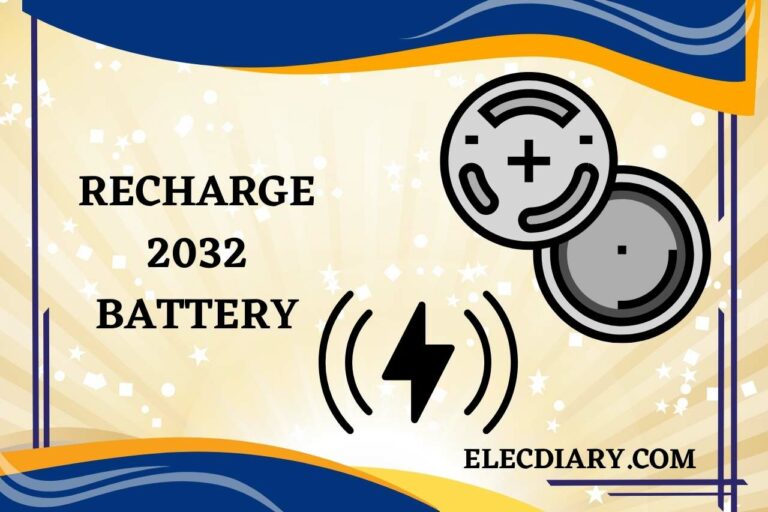What Is A Variable Resistor? Exploring the Basics!
The variable resistor’s resistivity may be changed, as its name suggests. A variable resistor’s impedance may be easily adjusted to the appropriate value. In situations where the user is unsure of the precise resistance level he wants, variable resistances are frequently utilized. What Is A Variable Resistor?
Variable resistors are resistors whose resistance values may be changed based on demand. In essence, it functions as an electro-mechanical converter that changes resistance by gliding contacts (a wiper or slider) across an element of resistance. Rheostat, as well as a potentiometer, were the two different types of resistors that are variable that are most frequently employed. We’ll have a closer look at every single one of them.
What is a Variable Resistor?
A variable resistor constitutes a resistor whose electronic resistance measurement may be altered at will. It is a typical element in electrical circuits that enables current or voltage control in accordance with Ohm’s Law.
The basic idea behind the variable resistor is to change the resistance track’s duration by sliding a wiper connection across it.
The resistance that is effective across the two pins for the variable resistance is dependent on the wiper’s location.
Three endpoints are normally included on a variable resistor: the wiper, which is one moveable terminal, plus two permanent endpoints at the extremities of the resistive tracks.
A resistor that is variable can perform the functions of either a rheostat as well as a potentiometer, dependent on the way the connections are wired up to a circuit.
The resistance of a circuit is changed by a rheostat, an instrument that regulates the amount of current in an electrical system.
It solely makes use of the wiper alongside a fixed input. When the wiper goes down the track, the barrier across these two endpoints rises or falls.
A potentiometer divides the input voltage to regulate the electrical current across the load. It makes use of all three endpoints: the resulting voltage is derived from the fixed wire and the wiper terminal, while both permanent endpoints are coupled to a source of input power. As a function of the resistivity ratio on each side of the device that wipes, the output voltage equals proportionate.
Throughout the construction or testing of a system, resistors that are variable may additionally be employed as fixed resistors that are seldom or never altered. In order to alter the value of the resistance, a preset resistor includes a changeable screw which can be twisted with a little screwdriver.

What Governs a Variable Resistor’s Functioning?
The changeable wiper’s location across refractory elements is what allows variable resistors to alter opposition, which is how they function. Carbon, wire-wrapped, or conductivity plastic is used to make the resistive element.
The resistance value between the two fine points for the resistors changes as a result of the resistive element opening a new electricity route between them throughout the wiper’s motion.
A circuit’s electricity will flow more freely if the resistance’s level is decreased and less freely if it has been raised.
Depending on the kind of variable resistor, there are two types of relationships within the wiper location and the level of resistance value: regular as well as logarithmic.
The linear resistor’s resistance rating changes proportionally to the wiper’s status, but a logarithmic adjustable resistor’s impedance value fluctuates in a nonlinear fashion.
What Different Kinds of Resistors Are There?
Potentiometer
Rotating the turning knob on a potentiometer changes the impedance of a circuit. The three pins of a potentiometer are. The thin layer of resistive substance that is located across the two lateral pins produces resistance.
The wiper is located on the center pin, along each of the ends of the strip, where you will find this wiper connector. By rotating the potentiometer’s shafts, you may adjust the location of the wiper’s connection to the resistive substance.
A reduction in resistance occurs between the center pin as well as the leftmost pin because the wiper is moved to the left. Moving the wiper towards the left side subsequently causes a rise in resistance across the center pin as well as the opposite side’s pin.
Potentiometers that Rotate
A potentiometer is most often used. The wiper is rotated around the resistive substance using a rotary knob.
Potentiometers that are linear.
include a linear adjuster to regulate the wiper’s location in relation to the resistive substance.
Rheostat
Although they are built very similarly to potentiometers, rheostats are utilized to regulate resistance rather than as a potential divider. requiring the three terminals that potentiometers require, they only require two.
A single connection is established at the resistive element’s ends, while the other connects at the opposite end of the resistor’s wipers.
Rheostats are no longer often utilized for power regulation since it is an ineffective technique.
Rheostats are being superseded with more effective switching electronics for power management. Circuits can be tuned or calibrated using preset variable resistors connected as rheostats.
Digital Resistance
A digital resistor with variable resistance is a particular kind of variable resistor wherein the resistance is changed electronically rather than mechanically.
They are frequently controlled by modern protocols like I2C or by straightforward up/down messages, while they are able to adjust resistance by discrete stages.
What Applications Do Variable Resistors Serve?
There are primarily two uses for a variable resistor. The location of the wiper connection along the resistance’s tracks determines how much current may flow through the capacitor after one end of another resistance track and the wiper terminal are connected to the electrical circuit.
The resistive rating of the resistors increases, and the electrical flow through the wiring decreases as the wiping contact moves farther from the linked point in the resistance’s track, indicating that the variable resistors function like a rheostat.
Potentiometers can also be used for this purpose. In this instance, a voltage source connects the resistor track’s ends together. Since the voltage inputs are identical in value, the reduction in voltage over the resistance tracks is also equal.
The resultant signal or load circuitry is now linked across the erased terminal as well as one point on a resistance band.
Accordingly, the voltage between the terminals that carry the load is a percentage of the source power and is determined by where the wiper terminals are located on the resistance of the tracks.
This is yet another typical usage for variable resistors. Electrical currents are controlled by rheostats, while voltages are controlled by potentiometers.
If you’re searching for a variable resistance chip, variable resistor, the potentiometer 12-volt adjustable resistor, digitized variable resistance, high-powered variable resistor, or trimmer resistor, Future Electronics provides a comprehensive collection of variable resistance devices from different companies in a variety of sizes.
Simply choose one of the technical characteristics of the variable resistor from the list below, and the outcomes of your search will be rapidly filtered to meet the requirements of the application for which you are searching.

What Uses are there for Variable Resistors?
Here are a Few Important Uses
Used to regulate the electric current’s intensity in circuits that are electronic. They perform the function of a potentiometer and regulate the output power applied to the audio device. Since they perfectly mimic how loudness is perceived by people, resistors of the logarithmic kind are superior to those of the straight-line type.
Utilized by Fan Controllers to Regulate Speed
To regulate the brightness of the light generated by the lights, they are also employed in light dimmer controls.
Applications that control the output current as well as the voltage of the power supply.
used to regulate the output sound’s loudness, bass, as well as tone within audio equipment and systems.
Uses for precision calibration of many instrument kinds in various calibrated devices as well as detectors.
Used to change the picture’s hue, brightness, contrast, and positioning on a screen.
They are employed to regulate the torque, direction, as well as the speed of drives, servos, supporters, motors, etc.








